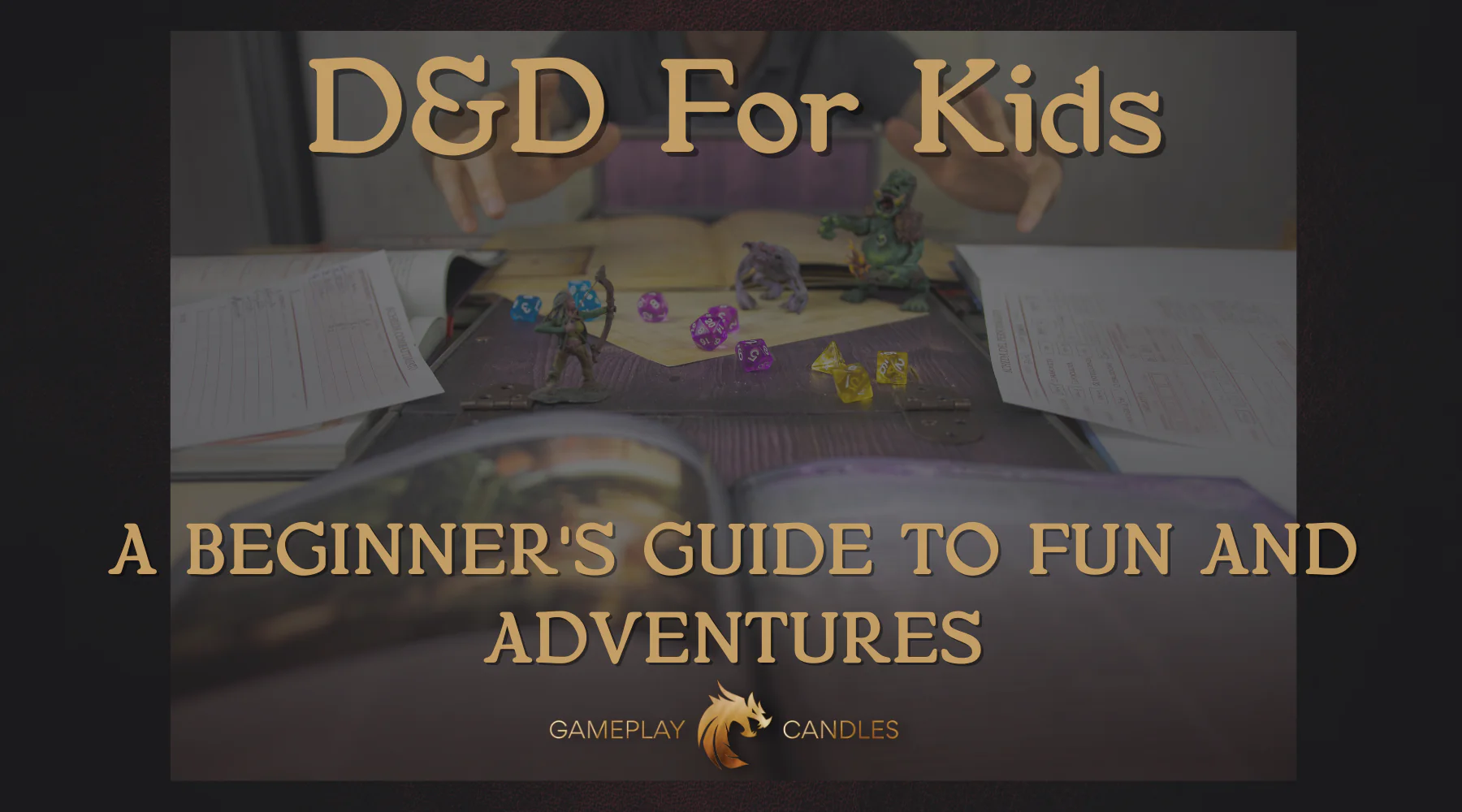Dungeons & Dragons (D&D) has long been a popular form of entertainment, a game where imagination reigns supreme, with only limits on creativity Traditionally, it was a game for older teens and adults , D&D is now finding a new audience among younger players. Bringing children into these games can be an enriching experience, fostering creativity, teamwork and problem solving skills. This guide will explore how to adapt D&D for younger audiences and offer advice on fun and age-appropriate gaming experiences.
Why D&D for kids?
Dungeons & Dragons offers several advantages that make it a great game for kids. It encourages imagination as players create characters and worlds from scratch. Storytelling is at the core of D&D, helping kids develop narratives and expand their vocabulary. Additionally, the cooperative nature of play teaches important social skills such as teamwork, communication and empathy. Problem solving and critical thinking are constantly employed as players explore complex situations and puzzles.
Getting ready for an adventure
1. Simplify the rules:
The standard rules of D&D can be overwhelming for younger players. Simplifying the rules is important. Wizards of the Coast, the company behind D&D, offers a simplified version called the “Dungeons & Dragons: Essentials Kit,” which is a great start. In addition, focusing on basic gameplay mechanics like rolling dice to determine outcomes and using power scores can make the game more accessible
2. Create a child-friendly environment:
Creating a world that is fun and appropriate for children is important. Themes should be dark and intense rather than light-hearted and bold. Consider scenarios like enchanted forests, magical kingdoms, or pirate islands. Make sure the challenges and creatures they face are age appropriate while avoiding overly scary or mature content.
3. Use a pre-built adventure:
For those new to D&D or those who don’t have the time to build an entire world from scratch, pre-made adventures can be a lifesaver. There are several kid-friendly modules that provide a structured story with clear objectives, making it easier for the Dungeon Master (DM) to navigate through the game
Race is in the game
1. Encourage creativity:
One of the best aspects of D&D is the freedom it gives the players. Encourage children to think critically when solving problems or interacting with the play world. Have them come up with creative solutions to the challenges they face. This not only helps them enjoy the game but also boosts their confidence and creative thinking.
2. Summarize the meeting:
Young children have a short attention span, so keep the game manageable. One to two hours is usually a good time to practice. This keeps kids engaged and looking forward to the next adventure without feeling tired or bored.
3. Make changes:
Children may not always follow the path they want or may do unexpected things. Be flexible and willing to change the story in order for the game to run smoothly. The goal is to have fun and develop a love for the game, not strict adherence to rules or rumors.
4. Emphasize teamwork:
D&D is a cooperative game where players must work together to win. Emphasize the importance of teamwork and cooperation. Encourage players to help each other and make decisions as a team. This creates a friendly atmosphere and teaches valuable life skills.
Character creation
1. Simplified Characters:
2. Personal relationships:
Investing in dice and colorful miniatures can make the game more visual and fun for kids. There are plenty of affordable options designed specifically for younger players.
2. Eye aids:
Visual aids such as maps, graphics, and props can help bring the game world to life. These elements make it easier for children to understand and visualize the story, making them more engaged in the game.
3. Digital Infrastructure:
There are many online resources and apps designed to help you create D&D games. Websites like D&D Beyond offer digital tools that simplify character creation and rule management, making the game accessible to young players and their DMs.
conclusion
Introducing children to Dungeons & Dragons can be a rewarding experience that develops their creativity, social skills and problem solving abilities. By loosening up the rules, making tours fun and age-appropriate, and emphasizing fun and teamwork, you can find a new generation of young travelers to carry ideas and history tells a light into the future. So roll the dice, solve your story, and embark on an unforgettable journey with your little heroes!


